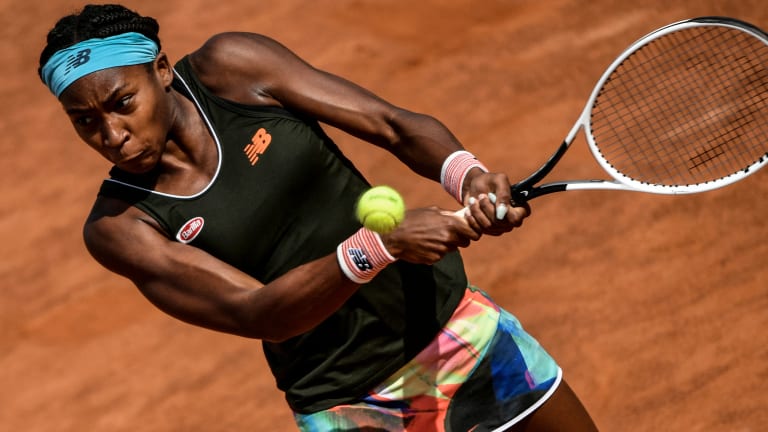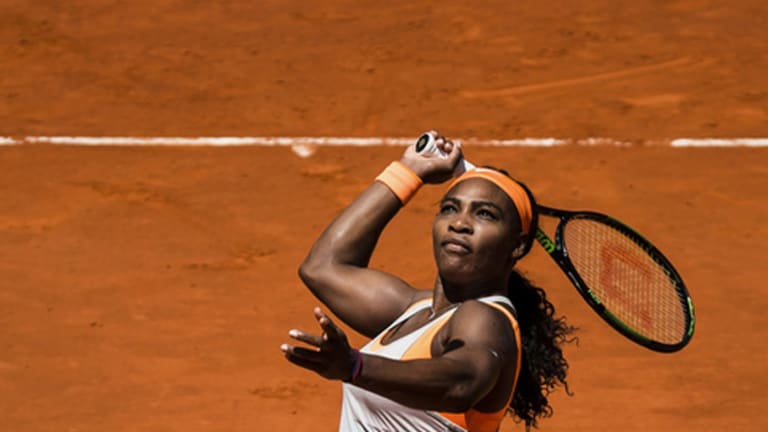1. Who benefits most from the tournament’s return to its familiar time slot?
When Roland Garros was postponed until late September last year due to the pandemic, pundits theorized that the cool, damp, autumnal conditions—and a much-criticized change to a less-lively ball—would diminish Rafael Nadal’s chances for success. The pundits were correct, but Nadal won anyway.
Tournament officials delayed the tournament’s start again this year, but just by a week this time, in hopes that Covid-restrictions will be less onerous. Sure, the delay plays into Nadal’s preferences for warm weather and bright conditions. But it also boosts the prospects for aggressive ball strikers on both tours, due to the increased premium on offense.

